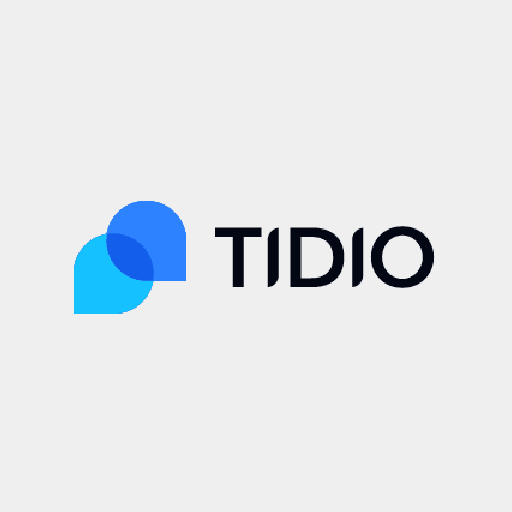In a bid to learn design with atoms and molecules, a hands-on class teaches undergraduates the fundamentals of quantum mechanics and nanoscale science from inside MIT.nano. The MIT undergraduates are learning about nanoscale fundamentals, its science, and engineering from individual atoms up to full-scale functional systems.
The class is taught by three EECS professors: Farnaz Niroui, the EE Landsman Career Development Assistant Professor; Rajeev Ram, professor of electrical engineering; and Tayo Akinwande, the Thomas and Gerd Perkins Professor of Electrical Engineering and Computer Science.
Nanoscale fundamentals: Learning from Atoms to Systems Design
Students take MIT.nano’s class 6.2540 for more than nine weeks in the labs, learning fundamental techniques that enable them to use their understanding of the nanoscale to design and construct spectrometers, create quantum dots, create light-emitting diodes and tunneling chemical sensors, test and package their sensors into active displays and systems.
This method of bringing science to life has sparked a lot of interest among undergraduates. Senior physics major Dahlia Dry said her professor’s advice suggested the course will demonstrate the humor in quantum mechanics. “He was right. This class was exactly what middle-school-aged me thought MIT would be like, in all the best ways,” she says.
Due to this, design projects and weekly lab modules are carefully included in the lectures. The students spend their first week in the lab learning how to work in a cleanroom and developing the fundamental nanofabrication, processing, and characterization skills needed to explore and put into practice the concepts they have learned in the lectures, ranging from fundamental science to material synthesis, device design, and full systems integration.
The undergraduates use streamlined engineering and fabrication flows to do the work themselves rather than watching staff operate the machinery.
“This was the most fascinating class I have taken at MIT, and that’s despite it being in an area that I knew nothing about beforehand,” says EECS sophomore Eric Zhang. “It opened my eyes to an entire research and engineering field that I would never have known about otherwise.”
Learning Design with Atoms and Molecules
The lab work each week progresses from small-scale to full-scale devices, commencing at the nano and micro-scale. Student-built microscopes and spectrometers are used to characterize the materials and devices they create throughout the course of the term after they have learned about light-matter interactions.
Later in the semester, they use the chemical synthesis of quantum dots to examine the potential of quantum mechanics and the design of nanomaterials, modifying their emission color by manipulating their size. The following week, they design and construct an LED using quantum dots.
A graphene-polymer composite-based quantum tunneling chemical sensor is designed and made after this lab. In the final lab, the students incorporate a pixelated LED display into a portable sensor-display system using these LEDs and tunneling sensors.
The students were divided into teams for their end-of-semester projects, and they were required to design and construct something entirely from scratch while utilizing the science, supplies, and methods they had learned in class and having at least one component smaller than 100 nanometers.
A flexible pulse oximeter, tandem solar cells based on band-gap engineering, memristors for next-generation unconventional computing, nature-inspired structured lenses to boost LED efficiency, flexible graphene supercapacitors for solar energy storage, tandem solar cells based on band-gap engineering, and a transistor using atomically thin 2D materials were all created by undergraduates during the fall 2022 semester.
Students enrolled in 6.2540 have the chance to present their work at the Microsystems Annual Research Conference (MARC), which is co-sponsored by the Microsystems Technology Laboratories and MIT.nano. This is in addition to getting hands-on experience using tools for nanoscale engineering inside the cleanroom and other labs at MIT.nano.




